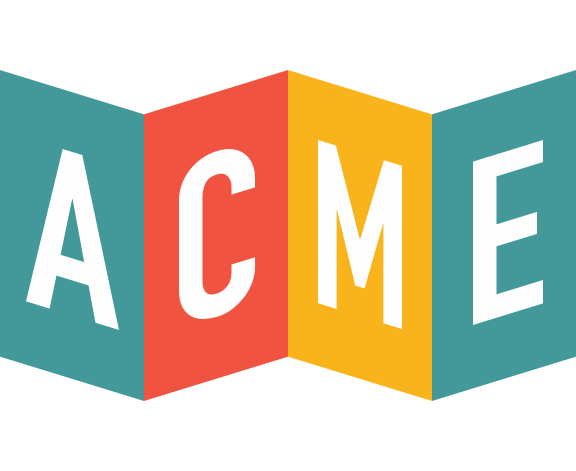
How to Write Meeting Minutes
The mention of a meeting can strike fear into the hearts of its participants. At the of COVID-19, one twitter user said: “I guess we’re about to find out which meetings could’ve been emails after all…” The meeting is a thing that workers in all industries love to hate. But the truth is, a meeting is an often crucial aspect of work which can lead to fruitful discussions and positive changes within an organization. And no meeting would be as complete or effective without notes.
Unless a member on your team has a perfect photographic memory, someone needs to write down the critical points of your meeting. Often these notes are referred to as “minutes,” however this terminology doesn’t actually hit the mark of what, historically, a “minutes record” is. We’ll explain this point in more detail in the next section.
What are meeting minutes?
Meeting minutes are more than simply the pages of notes taken during a company discussion – i.e., they are not transcripts. The term “minutes” is misleading, and might make us think that literally every minute of the discussion must be taken down in writing. But the term “minute” (pronounced my-newt) in this context comes from the Latin “minutiae”, meaning “small.” So when we say meeting minutes, we’re talking about only the most essential pieces of discussion at hand.
Traditionally, meeting minutes exist as an official record of decisions made within an organization. Minutes, in the original sense, are meant to be specific, legible, and, importantly, brief. The point of meeting minutes is not to have court-reporter style verbatim documents of proceedings. Instead, minutes should contain only a summary of the conversation and its results. While brevity is generally preferable, different organizations may set unique standards for the content of their own minutes.
For certain groups, including boards of directors and other executive teams, meeting minutes are often legally required. Committees on the other hand are not legally obligated to take minutes, although having them may prove useful when making and understanding decisions in the future.
But meeting minutes are not just limited to being legal and historical documents. They can also serve internal purposes, such as catching up employees who were unable to attend, reminding employees of duties and tasks agreed to during the meeting, and alerting the organization as a whole to impending updates and changes.
Minutes of a Meeting Format
First things first. Minutes will be easier to take and more useful as a reference if the meeting is well thought-out in advance. Structuring and pre-planning an organized discussion will make your meeting more effective, minutes taken or not. Your meeting head and minute-taker should work together beforehand to ensure the completion of a successful assembly with notes that make sense.
But a structured meeting is no excuse for sloppy minutes. Notes scribbled on a legal pad with no clear rules for content or structure simply won’t cut it. In order to be useful as a reference or record, meeting minutes should follow a consistent standard within the organization, including format and content.
Your meeting minutes need to incorporate:
- The date, time, and location of your meeting.
- The intention of your meeting.
- Roll call, and the names of anyone unable to attend.
- Agenda items.
- Any decisions made during the meeting.
- Any actions which need to be taken after the meeting, including the deadline of said action and assignee.
- Date and location of follow-up meeting.
Depending on the structure and content of your meeting, as well as the tools you use to take notes, your minutes format may change. Below, we’ve included a basic template which may apply to most meetings at any organization.
|
Minutes of Meeting Sample
How you fill out your meeting minutes template will most likely be based on a unique style set forth by your organization. Let’s take a look at a more robust meeting minutes example.
|
This template is ideal for general use by any organization operating in any industry. Meeting minutes must be legible, brief, and easy to reference. Holding to a well organized format with summary notes and a logical flow will help your meeting minutes make sense to anyone who needs to look at them.
Depending on the size and organizational structure of your institution, this format may not be adequate for your purposes. A larger organization, a longer meeting, or a more complex structure may require a more detailed or specialized template. Using this format, however, you will be able to construct a minutes template that is just right for you.

